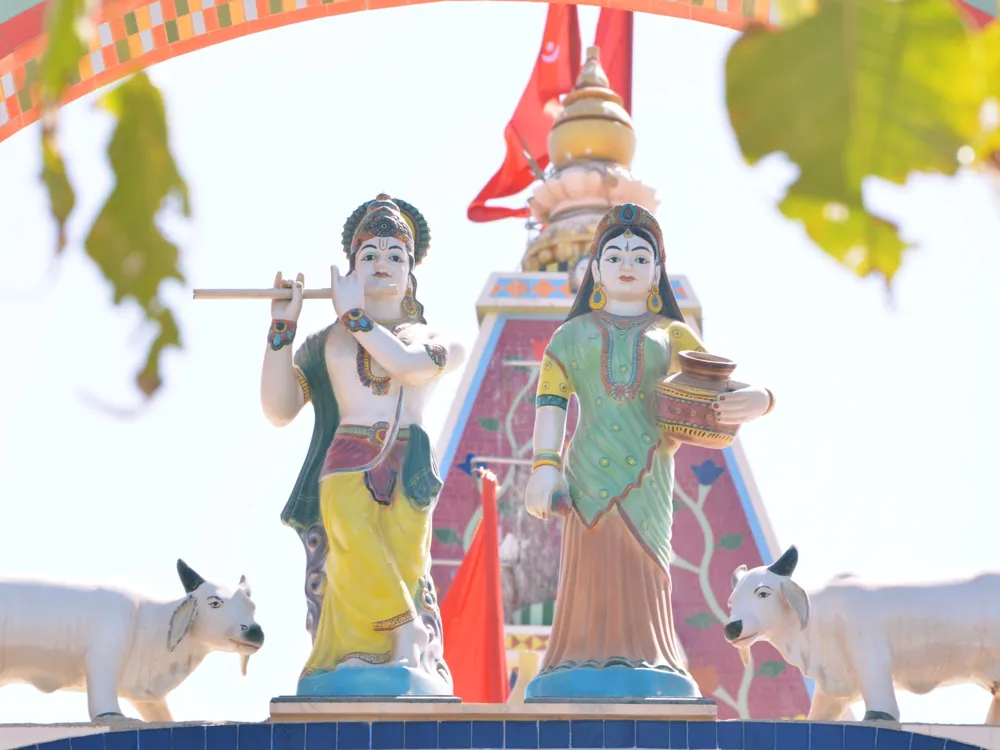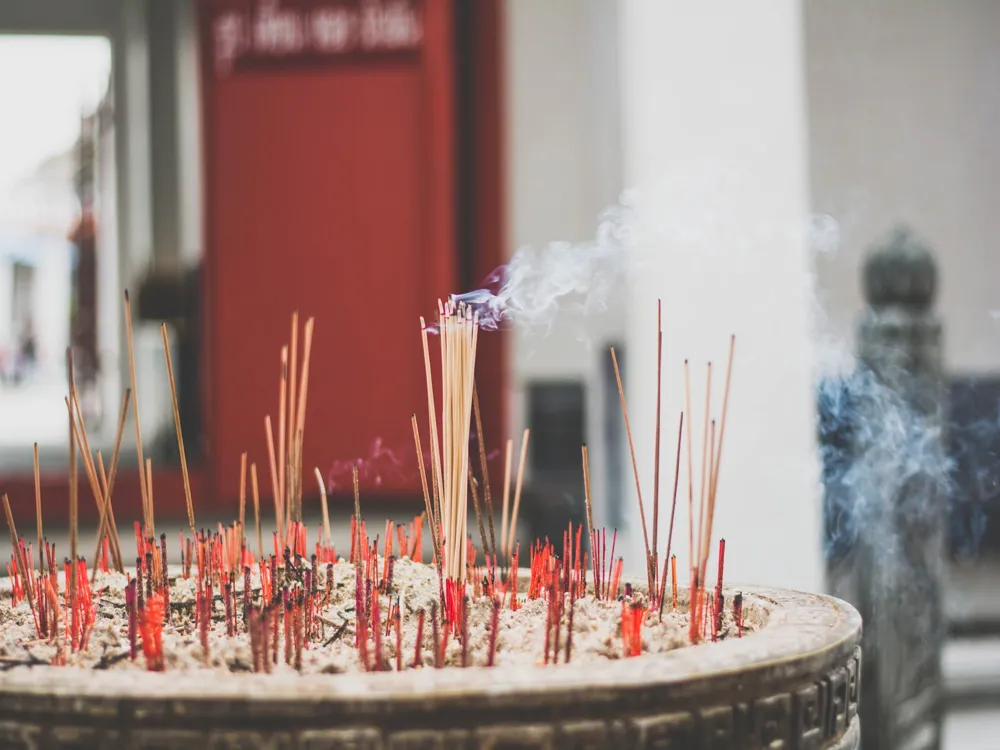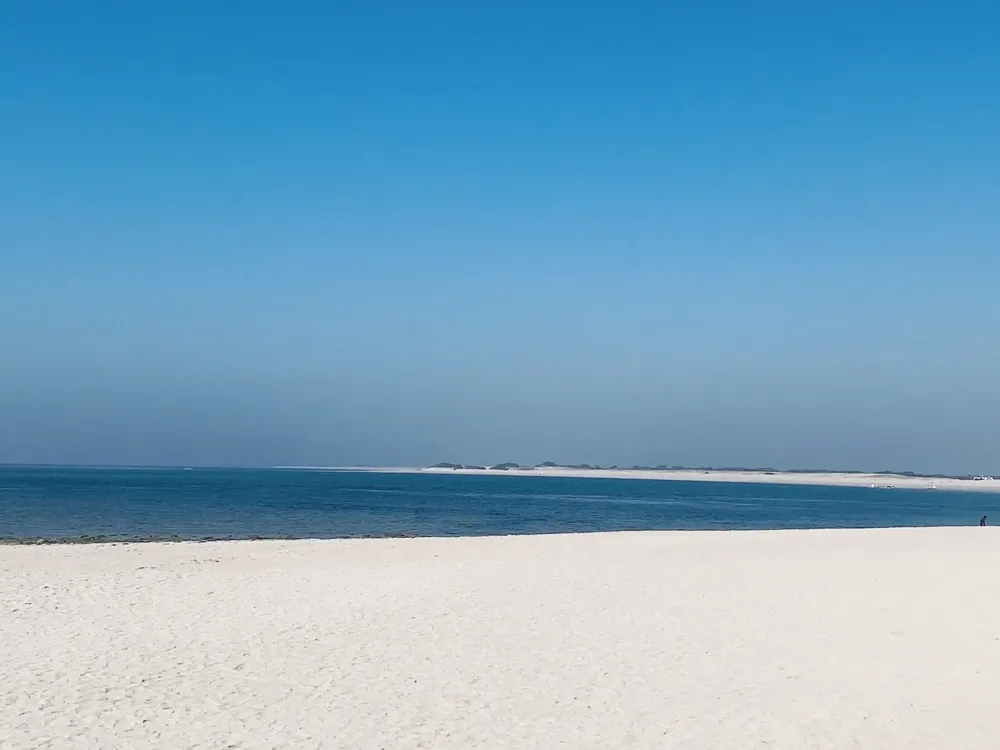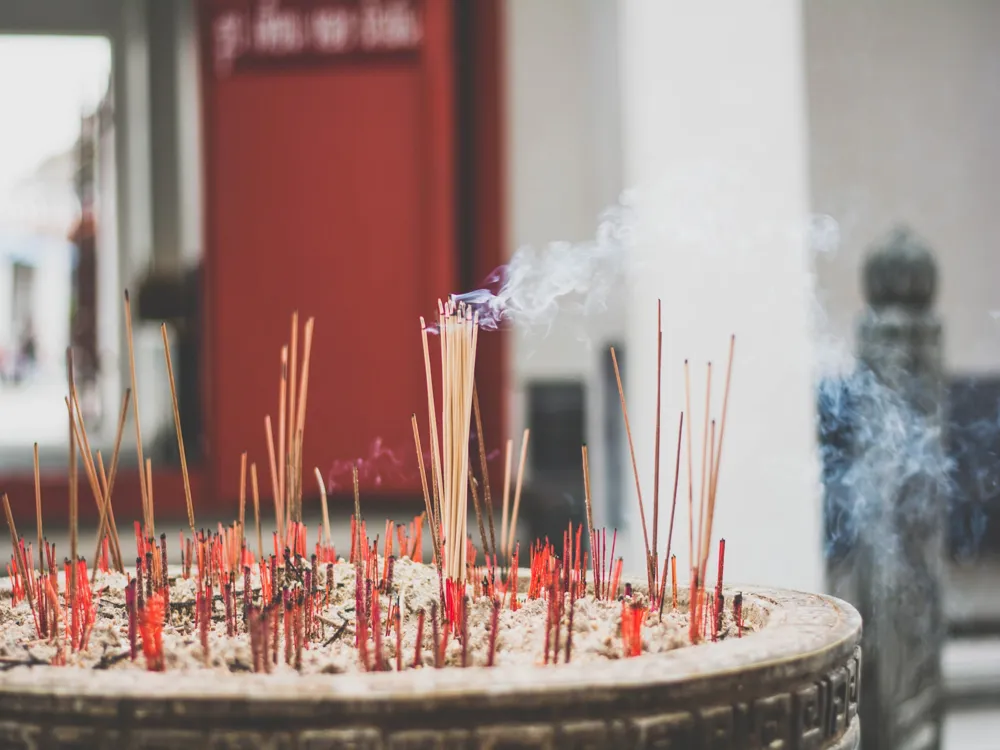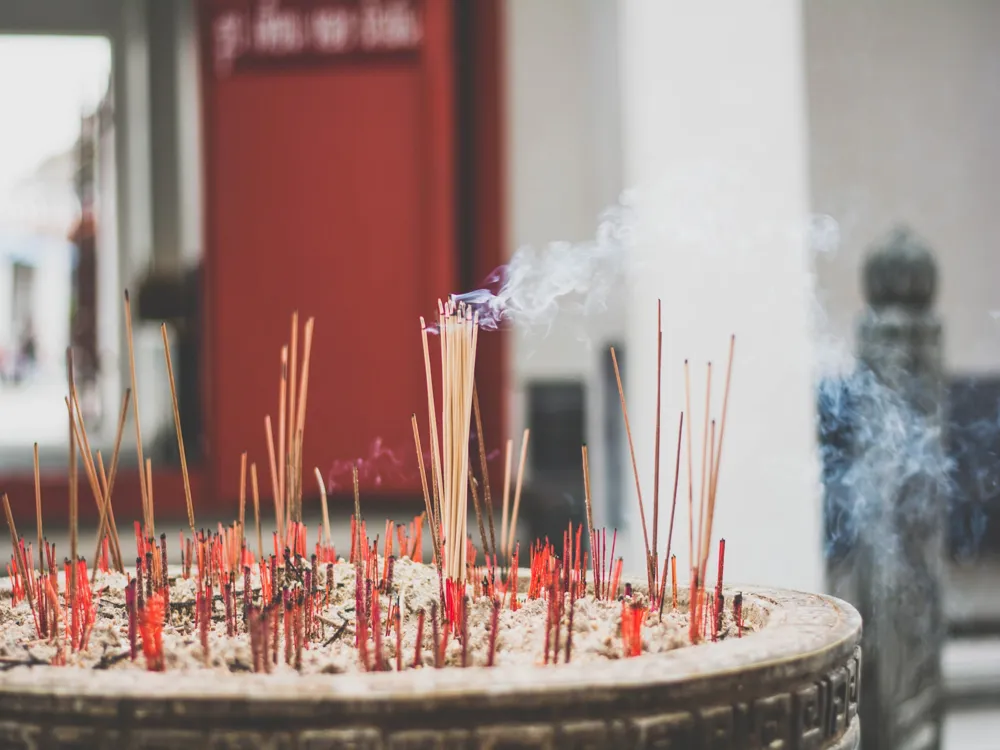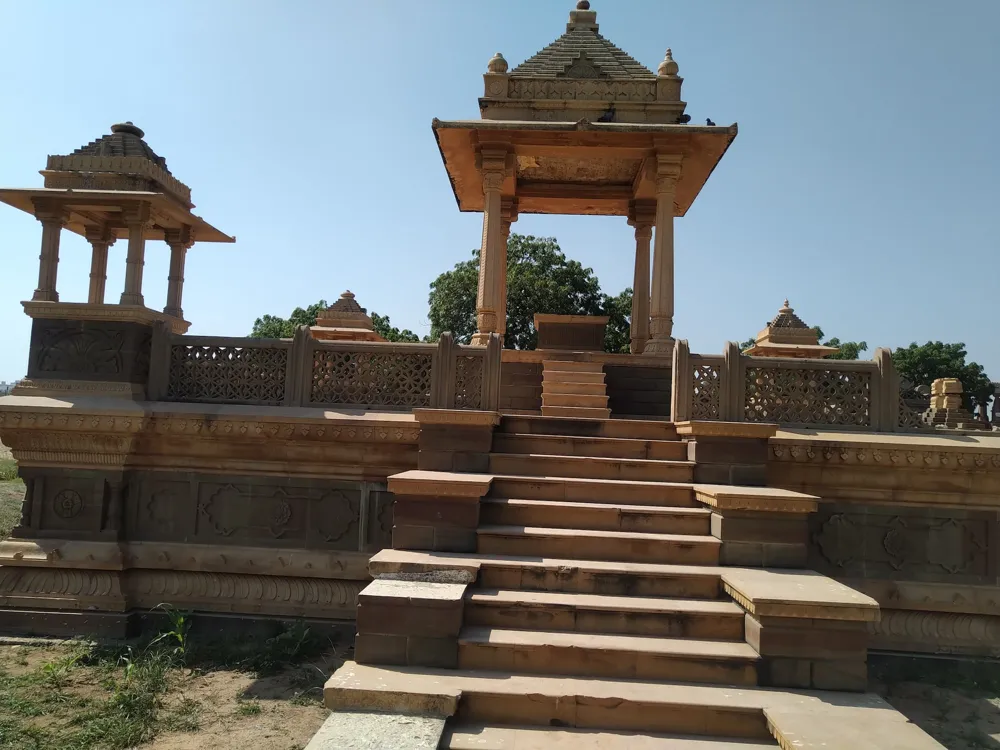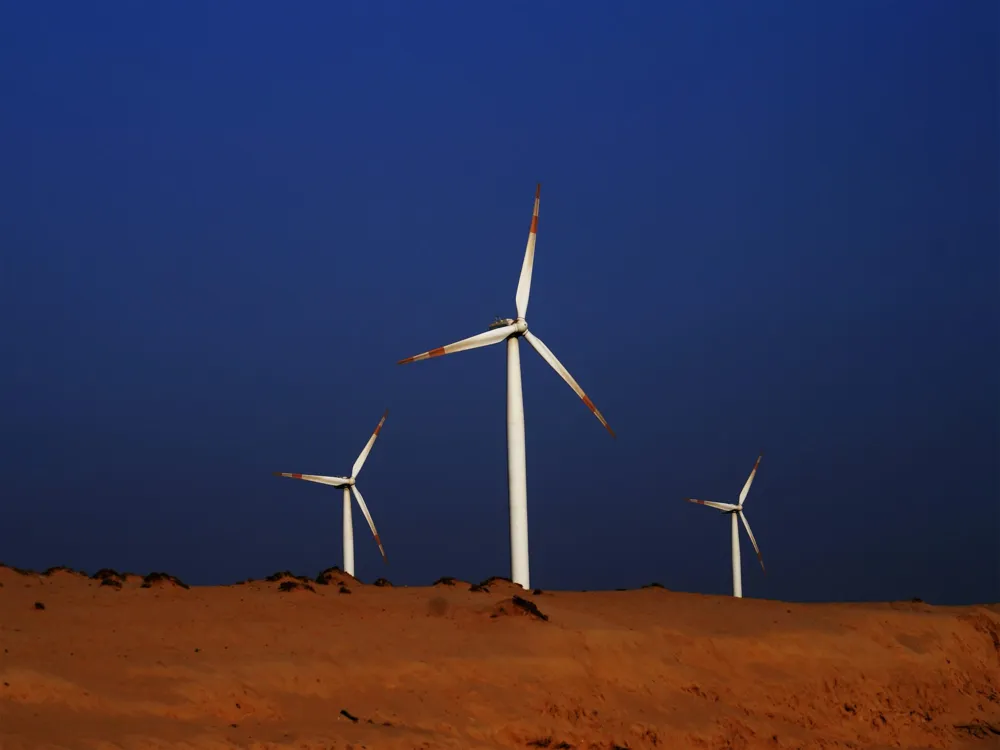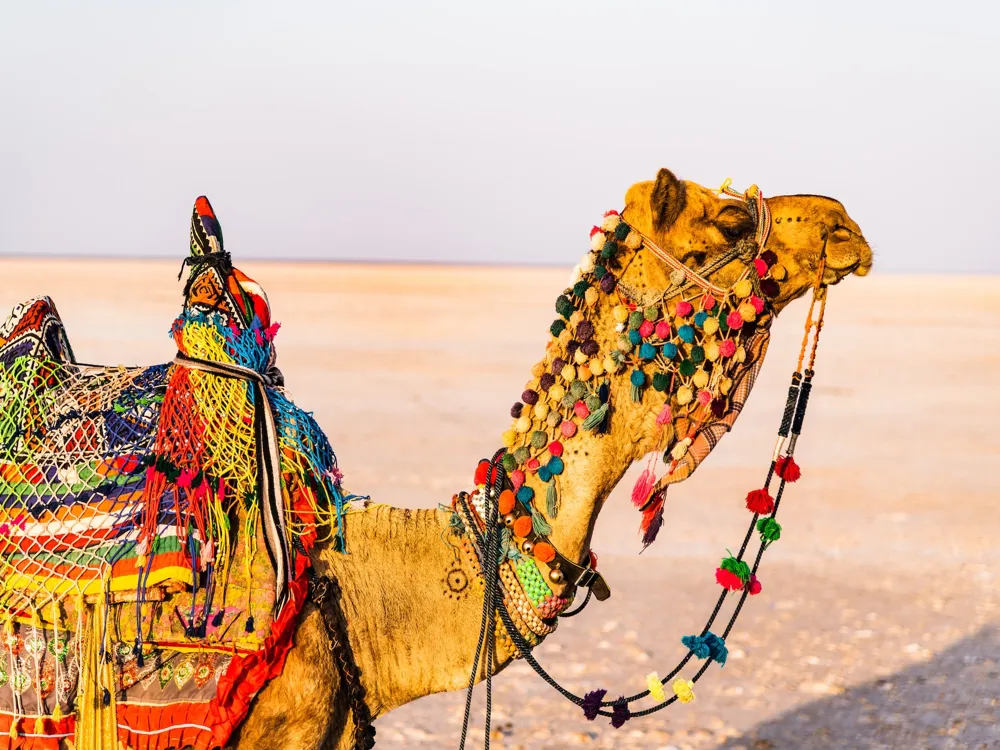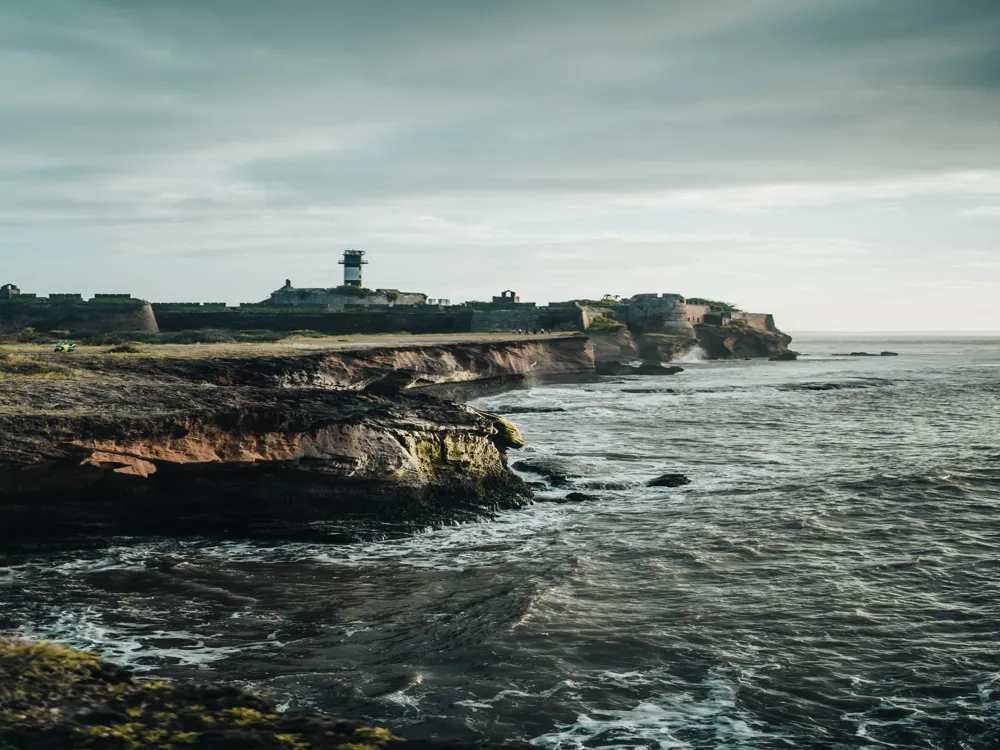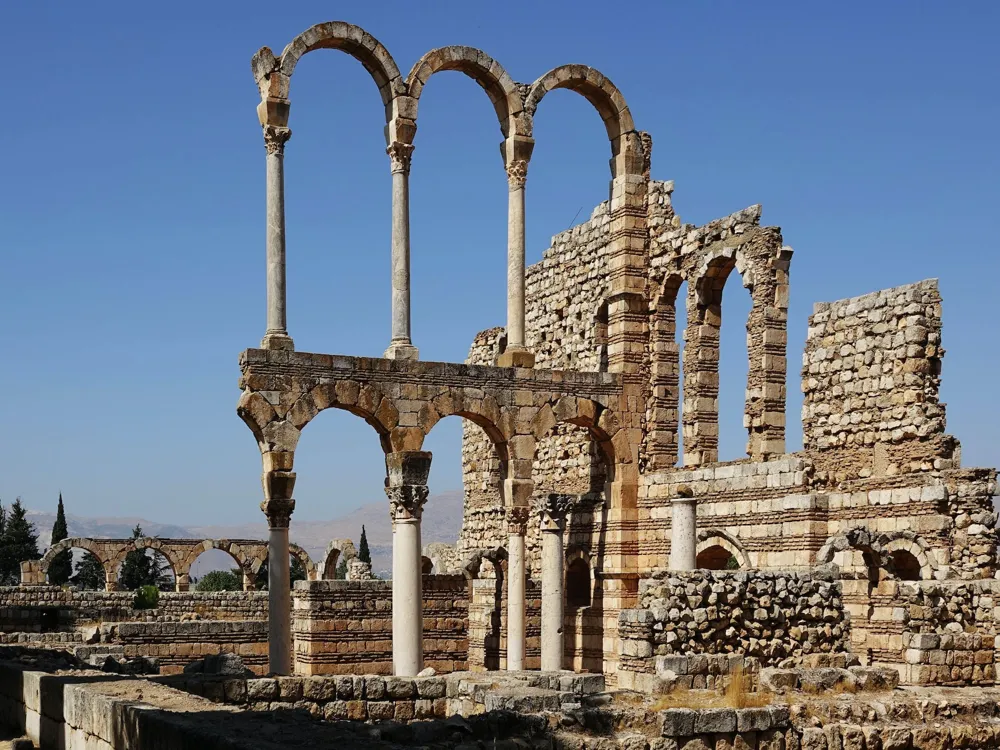Gopi Talav, a significant historical and cultural landmark, is situated in the ancient city of Dwarka in Gujarat, India. This revered site holds immense importance in Hindu mythology and attracts thousands of pilgrims and tourists yearly. According to legends, it is the very place where Lord Krishna, a central figure in Hinduism, interacted with the Gopis (cow-herding girls). The Gopi Talav is not only a spiritual destination but also a testament to the rich cultural heritage of Dwarka. The Talav, translating to a pond in English, has a unique story tied to its existence. It is believed that the Gopis, deeply in love with Krishna, followed him to Dwarka. Unable to bear their separation from Krishna, they merged into this pond, giving it a sacred status. Over centuries, Gopi Talav has become a symbol of devotion and unrequited love, making it a must-visit site for those exploring Dwarka's spiritual landscape. The surrounding area of Gopi Talav is as intriguing as the pond itself. Visitors often find themselves captivated by the local markets, selling religious artifacts and traditional Gujarati handicrafts. The atmosphere around Gopi Talav is filled with devotion, with the air often carrying chants and hymns sung in praise of Lord Krishna. The place becomes even more vibrant during festivals like Janmashtami, celebrating the birth of Krishna, where devotional activities reach their zenith. The architecture of Gopi Talav is a splendid example of ancient Indian craftsmanship blended with religious significance. The pond is circular and is surrounded by a series of steps leading down to the water. This design is not only functional for accessing the water but also adds to the aesthetic appeal of the structure. The steps are made of sandstone, a common architectural element in Gujarati historical sites, known for its durability and natural beauty. Around the pond, there are several small shrines and temples dedicated to Lord Krishna and other deities. These structures showcase intricate carvings and sculptures that depict various scenes from Hindu mythology, particularly those related to Krishna's life. The use of local stones and traditional construction techniques in these temples provides insights into the architectural practices of the time. Moreover, the architectural layout of Gopi Talav is designed to facilitate large gatherings during religious festivals and events. The open space around the pond allows for the accommodation of numerous devotees, and the steps serve as seating areas during such occasions. The alignment of the temples and shrines around the pond creates a harmonious and spiritually uplifting environment, enhancing the devotional experience of the visitors. While Gopi Talav can be visited throughout the year, the ideal time is between October and March. During these months, the weather is pleasant, making it comfortable for exploration and participation in outdoor activities. As a sacred site, visitors are advised to dress modestly. Traditional Indian attire is recommended but not mandatory. Also, maintaining the sanctity of the place by avoiding loud conversations and inappropriate behavior is expected. Understanding and respecting local customs, such as removing shoes before entering temples and participating in rituals with reverence, enhances the cultural experience at Gopi Talav. Gopi Talav is easily accessible from various parts of Gujarat. The nearest airport is in Jamnagar, about 137 kilometers away. From there, one can hire taxis or take buses to reach Dwarka. The Dwarka railway station is well-connected to major cities in India, making it convenient for travelers to visit Gopi Talav. For those preferring road travel, Dwarka is well-linked with a network of highways. Local transportation options like auto-rickshaws and cabs are readily available for the final leg of the journey to Gopi Talav. Read More: Overview of Gopi Talav in Dwarka, Gujarat
Architecture of Gopi Talav
Tips When Visiting Gopi Talav
Best Time to Visit
Dress Code and Conduct
Local Customs and Traditions
How To Reach Gopi Talav
Gopi Talav
Dwarka
Gujarat
₹ 8,500 onwards
View dwarka Packages
Weather :
Tags : Lake
Timings : 10:00 AM - 10:00 PM, Closed on Mondays
Time Required : 1 - 2 hrs
Entry Fee : Weekdays: Adults - INR 20, Kids - INR 10, Weekends, Other Public Holidays and School Vacations: Adults - INR 100, Kids - INR 50
Planning a Trip? Ask Your Question
Dwarka Travel Packages
View All Packages For Dwarka
Top Hotel Collections for Dwarka

Private Pool

Luxury Hotels

5-Star Hotels

Pet Friendly
Top Hotels Near Dwarka
Other Top Ranking Places In Dwarka
View All Places To Visit In dwarka
View dwarka Packages
Weather :
Tags : Lake
Timings : 10:00 AM - 10:00 PM, Closed on Mondays
Time Required : 1 - 2 hrs
Entry Fee : Weekdays: Adults - INR 20, Kids - INR 10, Weekends, Other Public Holidays and School Vacations: Adults - INR 100, Kids - INR 50
Planning a Trip? Ask Your Question
Dwarka Travel Packages
View All Packages For Dwarka
Top Hotel Collections for Dwarka

Private Pool

Luxury Hotels

5-Star Hotels

Pet Friendly












